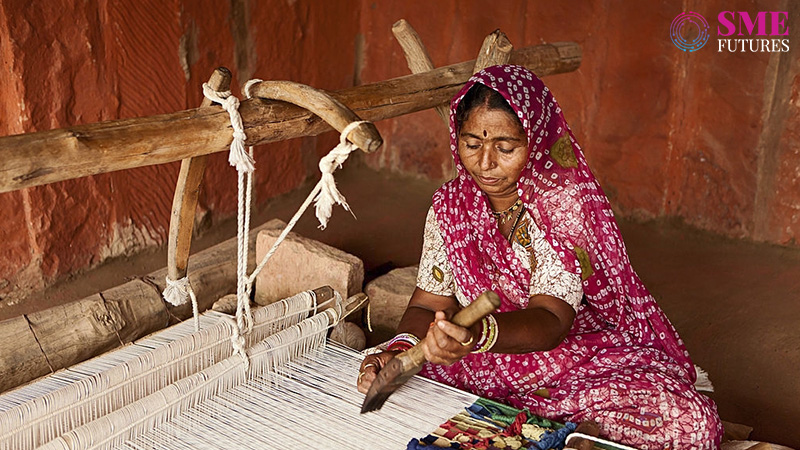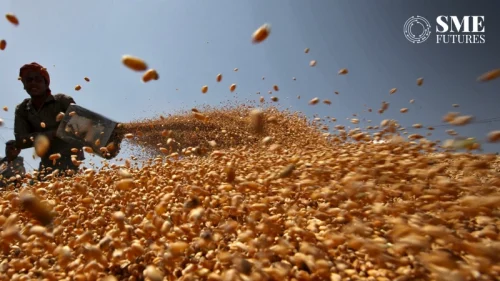Out of the 6.3 million jobs lost last year, women accounted for 1.5 million lost jobs (23 per cent) revealed the State of India’s Livelihoods (SOIL) Report 2021. The report was released at the 12th Livelihoods India Summit in New Delhi, hosted by Access Development Services, a national livelihoods support organisation.
The report draws attention to the varying effects of pandemic on the lives and livelihoods of different sections of the population in very different ways and to a varying extent. It observed that although India’s unemployment rate declined to 8.3 per cent as of September 2021 compared to 10.3 per cent in the same period last year, the unemployment rate was highest among the youth, at 32 per cent as of August 2021.
And if observed from different age segments of 15–19, 20–24 and 25–29 years, the unemployment rate stood at 67.21 per cent, 45.28 per cent and 13.24 per cent respectively. The report also highlighted that woman workers in the informal sector were far worse off as 71 per cent of rural women lost their jobs post lockdown compared to 59 per cent of men.
In terms of the Labour Force participation rate (LFPR), the report stated that there is a big divide between men and women. As of August 2021, almost one-third of men and 9 out of ten women in India are not participating in the workforce.
The divide was far larger in urban areas with 67 per cent of men and 9.4 per cent of women participating in the workforce compared to 68 per cent of men and 10.6 per cent of women in rural areas.
The report also highlighted some major challenges to employment in India as well as economic growth.
Skill development and employment for future workforce: Skill development and learning new skills will be critical to stay employed.
This challenge has three key dimensions:
(a) knowledge-oriented rather than skill-oriented education
(b) informal rather than formal sector-led job creation
(c) regional disparity in employment opportunities
Socio-economic inclusion of rural India: While rural aspirations have begun converging with the rest of India, efforts are required to remove significant barriers preventing full socio-economic inclusion of rural India in the country’s growth story. However, to fulfil their aspirations, three critical ‘access’ barriers of physical connectivity, digital connectivity and financial inclusion need to be prioritised.
Sharing his insights on the report, Dr G R Chintala, Chairman, NABARD said, “Perhaps, the most disruptive impact of the Covid-19 pandemic has been the forced return of migrants to their native states. The obvious reason for return migration is lack of earnings and inadequate savings to tide over the lockdown period. We need to build a development paradigm that ensures that additional and sustainable livelihoods are created in rural areas.
In many parts of the country, FPOs stepped in successfully creating supply chains in the COVID scenario. A similar case exists in the case of handlooms & handicrafts. The entire logistics chain has been set in motion, but it currently lacks depth and width. The canvas is huge, and there are immense possibilities to collaborate with other stakeholders in this task. We intend seizing this opportunity to play an important role in ensuring that agriculture and rural development will emerge as powerhouses in the years to come.”
Speaking at the Livelihoods India Summit 2021, Vipin Sharma, CEO, ACCESS Development Services said, “The COVID-19 pandemic and the consequent lockdowns and travel restrictions have had a direct and adverse impact on several sectors of livelihoods. In addition to the pandemic, the various trial and error policies implemented by governments at different levels to combat it has had an uneven impact on different sections of the population and exposed some of the inherent vulnerabilities relating to the livelihoods of different population groups. While we continue to delve deeper into the various dimensions of livelihoods in this year’s edition of the Summit and the State of India’s Livelihood (SOIL) report, in terms of statistics, sectors, policies, and practices, it is important that we keep in the background the human benefit and cost that arises out of sustainable livelihood generation and loss.”










